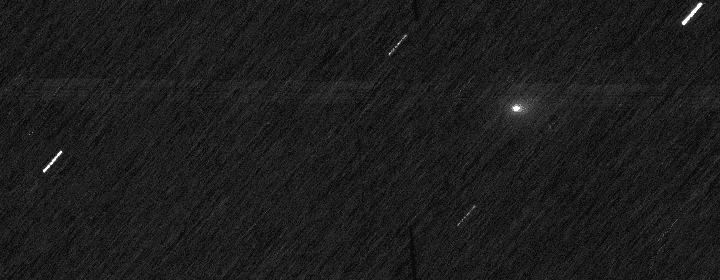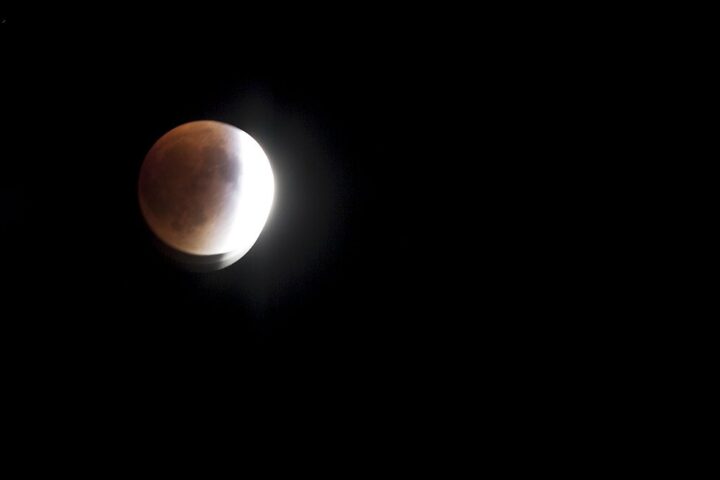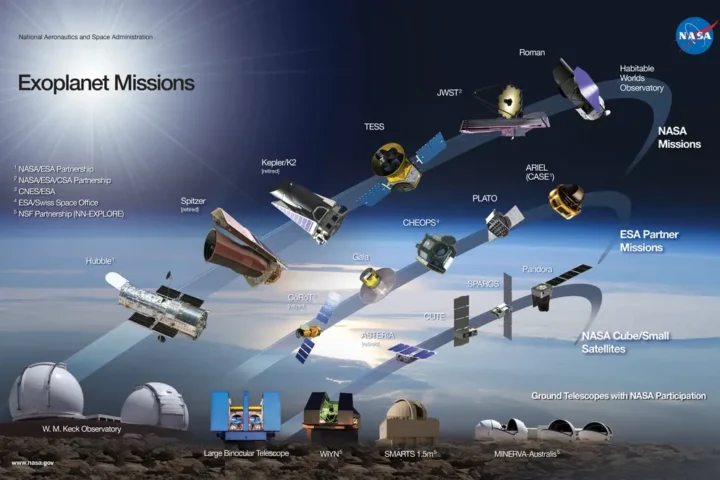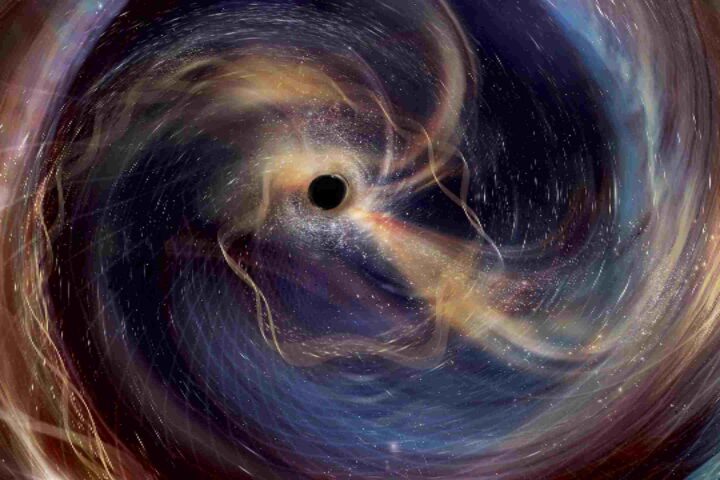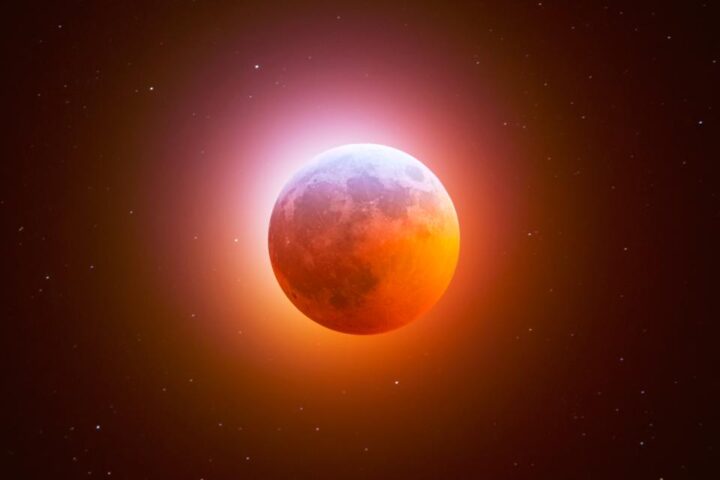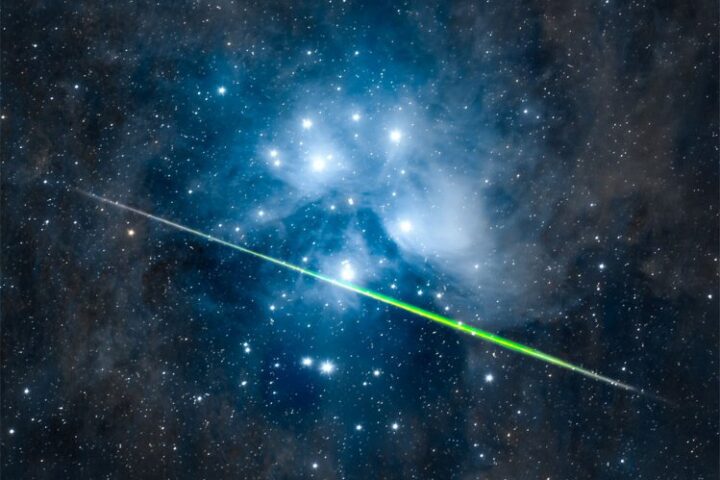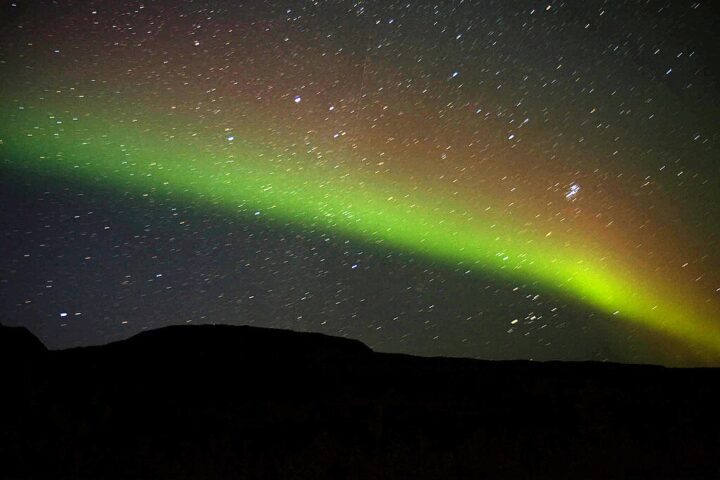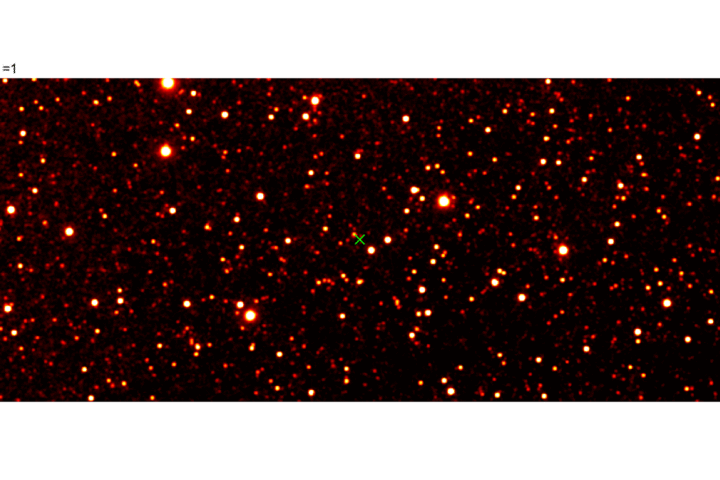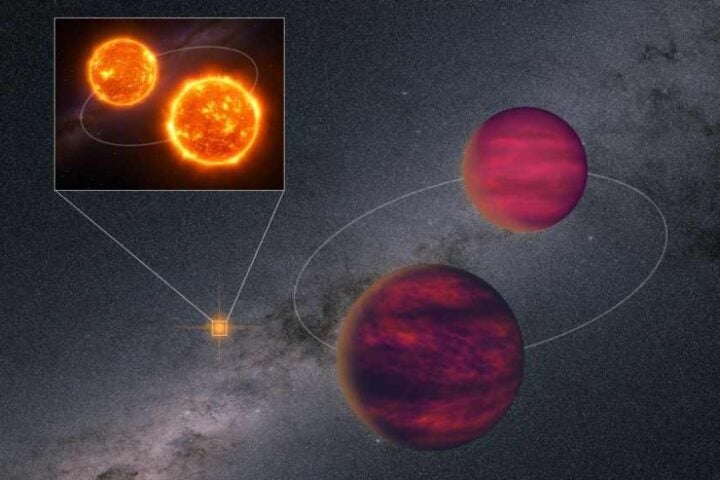Mark your calendars for Thursday, July 10, 2025. That’s when the Buck Moon will light up the night sky, reaching its peak at 4:37 PM Eastern Daylight Time.
This isn’t just any full moon. The Buck Moon gets its name from male deer who begin growing their new antlers during this time of year. What makes the 2025 Buck Moon special is its position – it’s the farthest full moon from the sun all year, happening right after Earth reaches its most distant point from the sun on July 3.
For people in the Northern Hemisphere, this Buck Moon will also appear unusually low in the sky, creating a perfect viewing opportunity.
Best time to watch
Don’t worry about catching the exact moment of peak fullness. The moon will look completely full for about three nights – July 9, 10, and 11 – giving you multiple chances to see it.
The most impressive view comes just after sunset when the moon first rises in the eastern sky. At this time, the moon often appears larger and more colorful – taking on an orange or reddish glow. This happens because moonlight must travel through more of Earth’s atmosphere when near the horizon, filtering out blue light while letting red and orange tones pass through.
Many people notice the moon looks bigger when it’s near the horizon. This is called the “moon illusion” – the moon isn’t actually larger, but our brains perceive it that way when we can compare it to objects on the horizon.
How to get the best view
To make the most of your Buck Moon experience:
Find a spot with a clear view toward the east where the moon will rise Get away from bright city lights if possible Check the exact moonrise time for your location using online resources Bring binoculars if you want to see details like craters and lunar plains
In Lexington, Kentucky, for example, the moon will rise at 9:26 PM on July 10. Local weather forecasts predict partly cloudy skies with temperatures around 69°F – decent conditions for moon watching.
Similar Posts
A moon of many names
Different cultures have given July’s full moon various names based on natural patterns they observed:
Thunder Moon – for the frequent summer thunderstorms Salmon Moon – marking the time when salmon swim upstream Hay Moon – coinciding with the traditional hay harvest Raspberry Moon – when berries ripen Feather Molting Moon – when birds shed and regrow their feathers
What else to watch for in July’s night sky
While the Buck Moon takes center stage, July 2025 offers several other sky-watching treats:
Mars will be visible in the western sky during early evening Venus will shine brightly in the eastern sky before dawn Saturn rises after midnight in the eastern sky The Perseids meteor shower begins (though it peaks in August) The Southern Delta Aquariids meteor shower peaks July 29-30
Local astronomy clubs are organizing viewing events. The Bluegrass Amateur Astronomy Club will host stargazing sessions on July 19 at Shaker Village of Pleasant Hill and July 26 at Raven Run Nature Sanctuary.
The science behind the Buck Moon
This year’s Buck Moon is special because it happens shortly after Earth reaches aphelion – its farthest point from the sun. Since a full moon sits opposite the sun in our sky, this makes the July moon the most distant from our star in 2025.
For Northern Hemisphere viewers, the Buck Moon will follow a low path across the southern sky. This happens because a full moon mirrors the sun’s position from six months earlier – in this case, reflecting the low winter sun.
You’ll find the Buck Moon in the constellation Sagittarius, near the “Teapot” star pattern, though the moon’s brightness makes nearby stars harder to spot.

After enjoying the Buck Moon, sky watchers can look forward to the Sturgeon Moon (August 9), Corn Moon (September 7), Hunter’s Moon (October 6), Beaver Moon (November 5), and Cold Moon (December 4). The final three full moons of 2025 will be “supermoons,” appearing slightly larger because they occur when the moon is closer to Earth.
Whether you’re an experienced astronomer or just enjoy looking up at the night sky, the Buck Moon offers a perfect opportunity to connect with the natural rhythms that people have observed for thousands of years.




